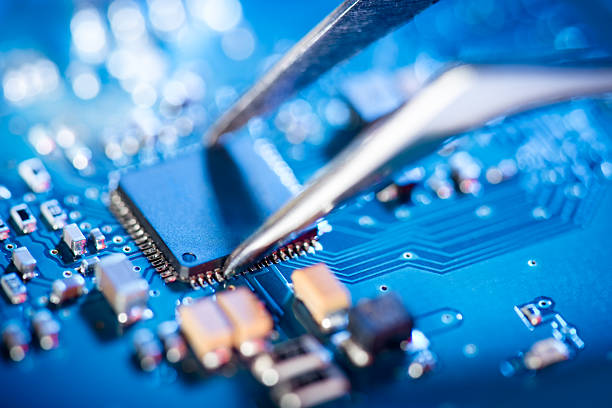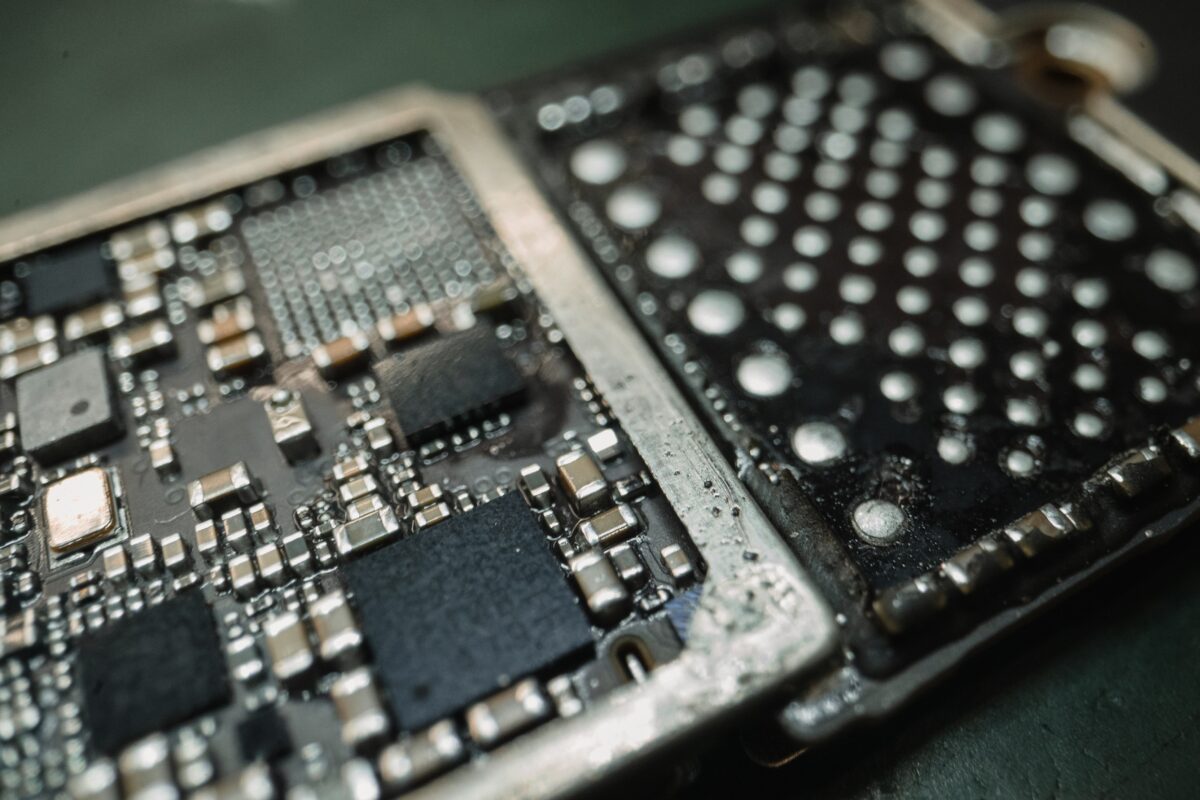Resins and coatings for electronic components
Coating components
Printed circuit boards (PCBs) are the core of many electronic devices and contain electronic components like capacitors, transistors and fuses. As such, keeping them safe and protecting them from damage is key to the continued working of electronic devices. Resins and conformal coatings can be used for this purpose.
Resins
Resins are the more sturdy, heavier option in terms of coatings. This is a great choice when protecting a PCB from adverse conditions and insulating it from potential physical damage.
Within the range of resins used, there are three main types that are used, with each suited to certain PCBs.
Epoxy resins
This compound is well-suited for potting electronics, and protects components against moisture and mechanical damage coming from vibrations or shocks.
Depending on if there are amines (curing agent) mixed with the resin the curing time of the PCB can differ. Something to watch out for is the exothermic reaction cause by the curing. Although this can be mitigated, there is a risk of damaging the component.
Polyurethane resins
The pricier cousin of epoxy resin, polyurethane can also protect PCBs against moisture, as well as high temperatures and UV. Most resins have a maximum temperature tolerance of 130⁰C. However, polyurethane can cope with temperatures of up to 150⁰C if formulated well.
This maximum temperature is in part thanks to the resin having a lower exothermic rate compared to epoxy. Polyurethane is also more flexible, so is favoured when it comes to potting delicate components.
Silicon resins
Silicon also protects against UV light, and so is often used in LED applications where the change in the colour of the LED needs to be minimised.
Silicon is the most expensive of the three but is not as popular as its counterparts. The material thrives when it comes to high operating temperatures and heat-sensitive components, thanks to its low exothermic temperature.
Conformal coatings
While resins are thick, durable and designed for high levels of stress, conformal coatings are thinner, lighter and are transparent.
Thanks to the tiny layer of coating, usually applied with a paint brush or spray, this kind of coating is a lower-risk alternative than a heavy resin for fragile components.
The coating can be altered or removed more easily than the resin too, and the curing time is massively reduced. However, alongside this the component is more exposed and has a lower level of protection. This makes these coatings more useful for PCBs that will face shorter exposures.
Do your own research
Any coating of a PCB should be carefully considered depending on the purpose of the circuit board, the conditions and stresses it will face, and whether it already has a coating on it. If this is the case, chances are this original coating was meant as the PCB’s primary layer of protection.
Speaking of protection, Cyclops quality checks all of the electronic components it supplies. This protects its customers from damaged parts and counterfeits. For an extra layer of protection in your electronic component supply chain, contact Cyclops today.
This blog post is designed to be informative and is in no way offering advice or guidance on how to coat electronic components.




